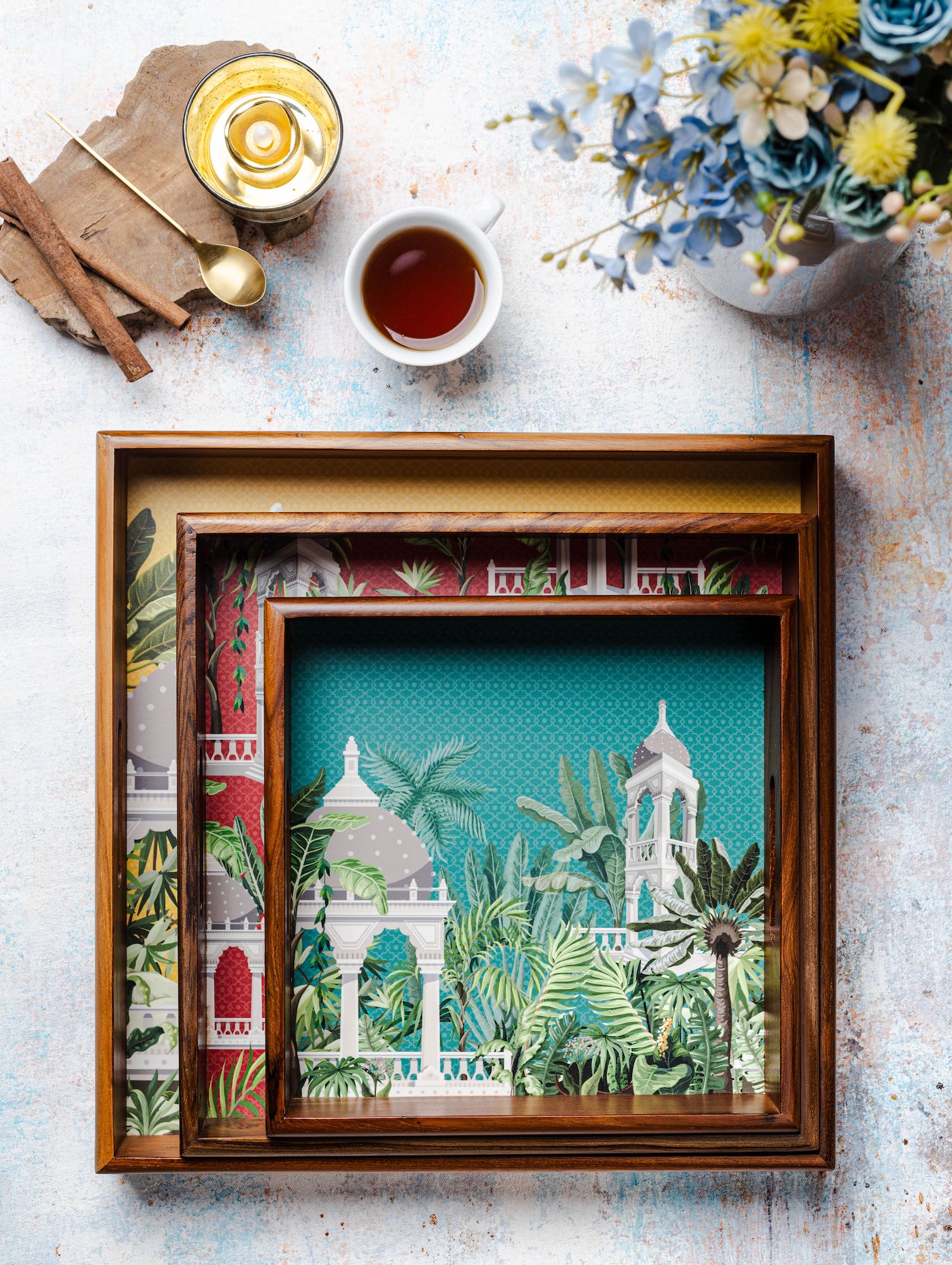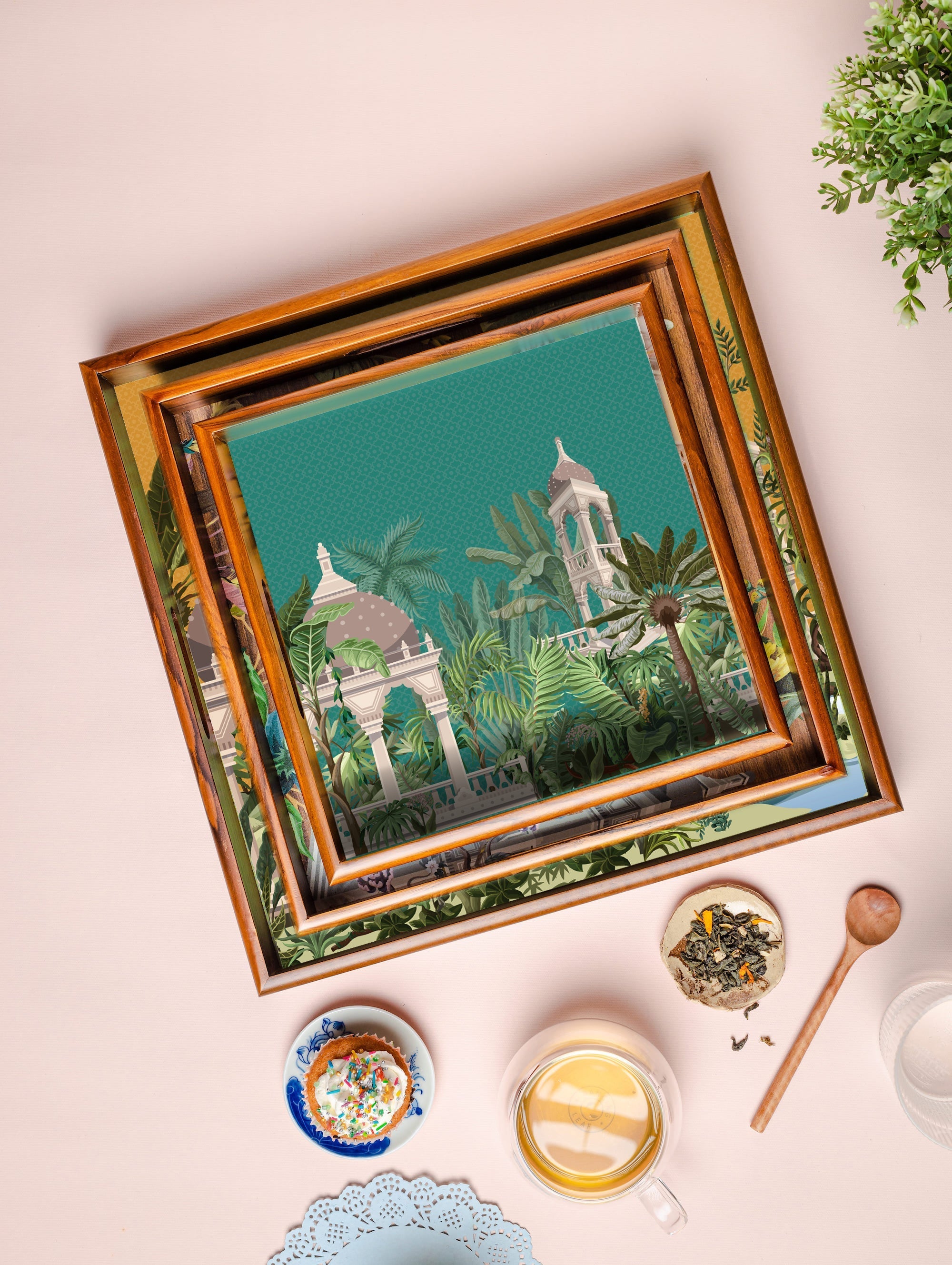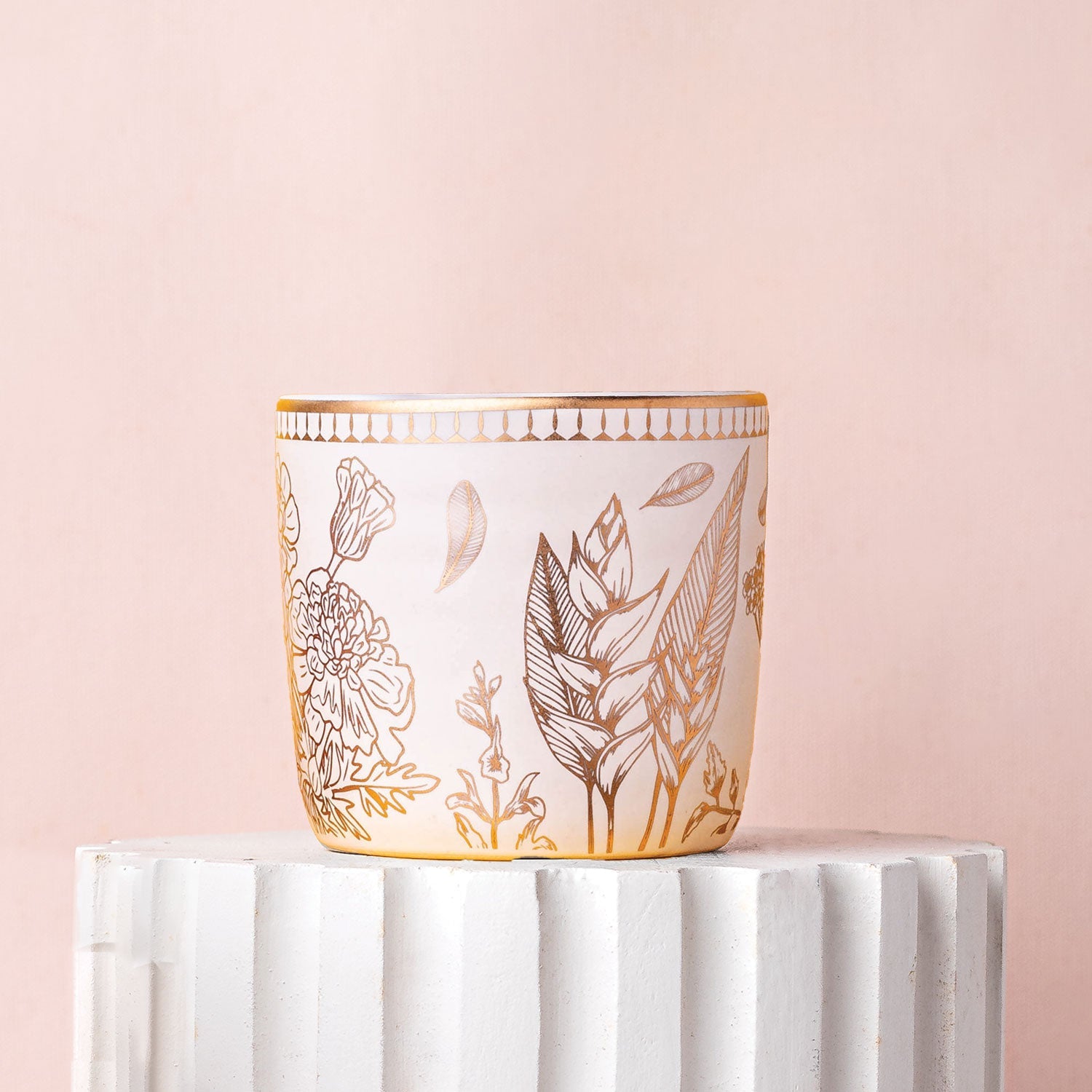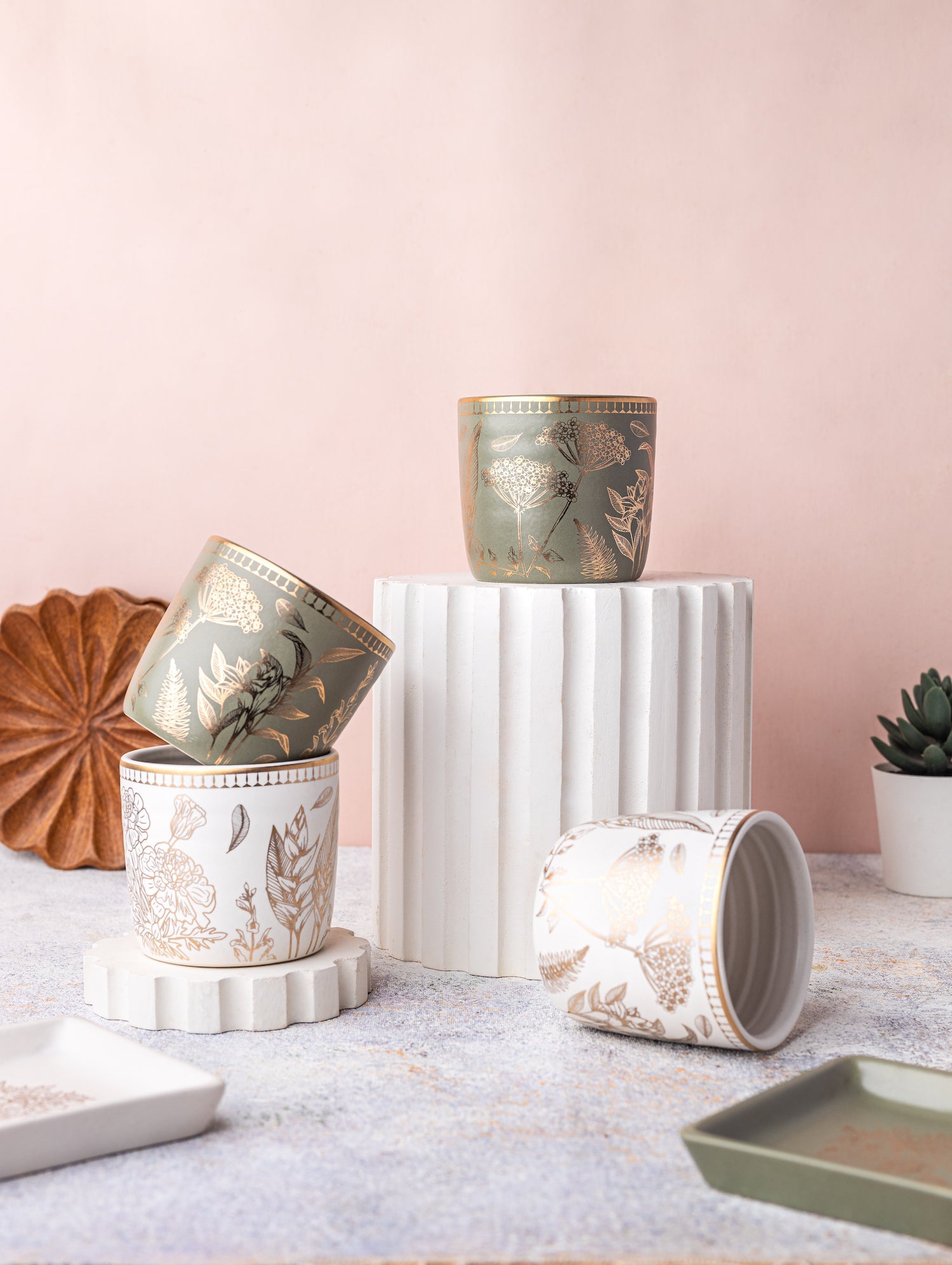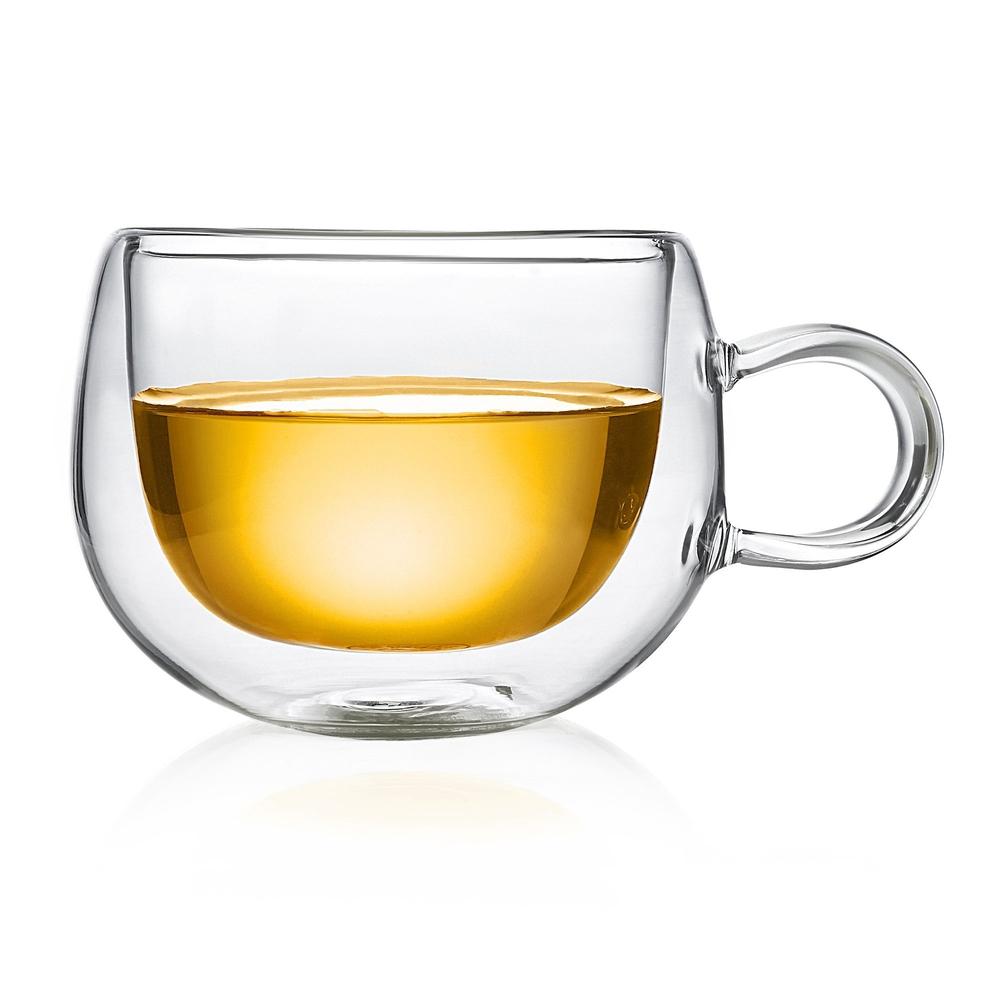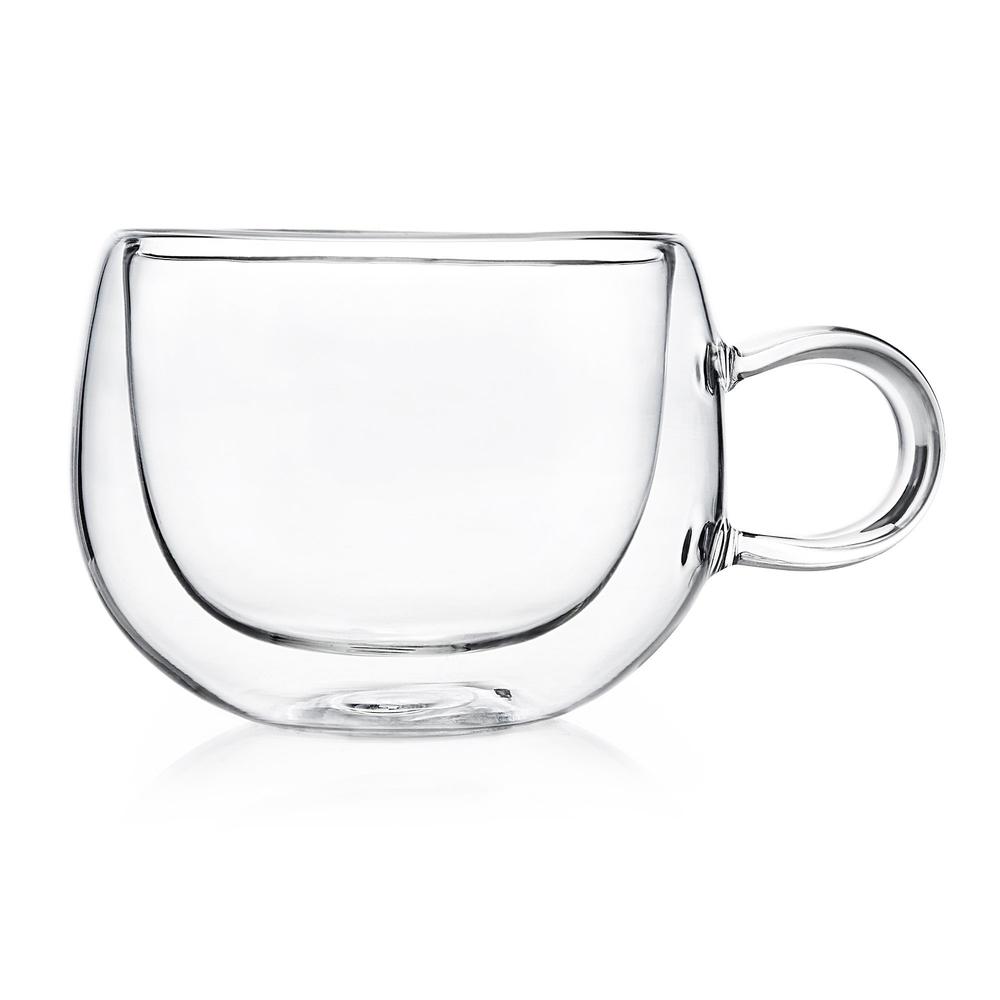Popular Tea Regions of India - Darjeeling
It was in 1839 when Dr. Archibald Campbell came as a Superintendent of Darjeeling, the first possibility of cultivating Darjeeling tea came up. Initially he lived in Kurseong for a short while where he experimented with the tea saplings that were sent from Calcutta. Around the same time, a British army officer Captain Samler who had betrayed the Crown was hiding in Kurseong along with his men. They occupied the present Makaibari Tea Estate area and planted the saplings which they stole from Campbell. Samler was finally granted amnesty after he helped the British Crown during the Indian Rebellion of 1857 (Sepoy Mutiny). Later he became an agent of Darjeeling Tea Company and also the legal owner of Makaibari Tea Estate.
It is said that Samler pioneered the cultivation of Darjeeling tea in the Makaibari area which probably showed the real potential of tea in Darjeeling. But there are no recognition or official records to establish that. In 1859 before he died, Samler sold the garden to G.C. Banerjee, his assistant. The Makaibari Tea Estate continues to be run by the Banerjee family, and is the only Garden in Darjeeling district which has a resident landlord.
Darjeeling tea is harvested in several different seasons, all with its own unique characteristics. During the first flush, or “spring tea”, the more delicate leafs are harvested in the months of March and April, giving the tea a more gentle colour and aroma. Then there is an in-between period. The second flush is harvested in June and gives the tea a fuller taste. Leaves harvested during Monsoon or rain periods are less damaged and therefore better oxidized. Finally, the Autumn flush is much darker and fuller while retaining its delicate flavour.
Today there are 87 tea gardens spread across roughly 19,000 hectares (46,930 acres) of land area, employing about 52,000 permanent workers, and 15,000 contract employees who are mostly of Nepalese origin. The gardens collectively produce about 10 million kilograms (i.e. 22 million pounds) of tea every year. Darjeeling tea is referred to as the champagne of teas and widely recognized as the finest teas in the world. The British fascination with teas from this region has led to its reputation and uniqueness to be celebrated with reverence and subtlety. First flush teas from Darjeeling are known to fetch astronomical amounts in the west . Unfortunately the cream of the crop is exported in vast quantities abroad and is rarely enjoyed by the local population.



